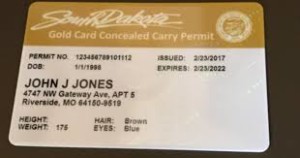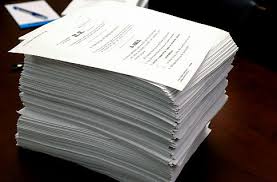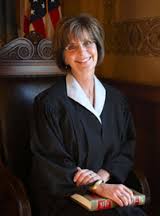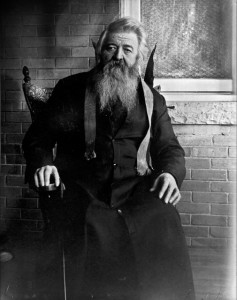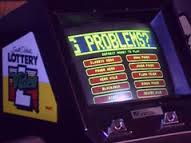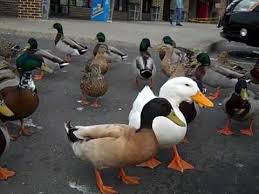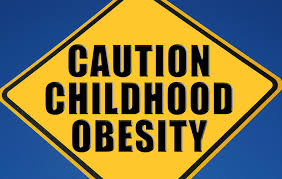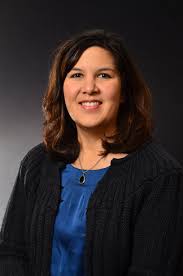
A tornado which nearly hit her family’s Twin Cities home, left its mark on nine-year-old Laura Edwards and fueled an interest in weather and climate which has not subsided.
Since 2011, Edwards has served South Dakotans as the SDSU Extension Climate Field Specialist. She was recently named the new SDSU Extension State Climatologist, a position previously held by Dennis Todey.
“Laura is well equipped for this new role,” said Alvaro Garcia, SDSU Extension Agriculture and Natural Resources Program Director & Professor. “The weather impacts so many aspects of our lives. For several years now, South Dakotans have come to rely on Laura’s climate insights and interpretation to better understand how current climate trends and predictions may impact their crops, livestock and other aspects of their lives.”
In addition to evaluating climate and providing information on its impact on South Dakotans lives and livelihoods, as the SDSU Extension State Climatologist, Edwards will also interface with federal, state, and tribal agencies to develop strategies to help communities prepare for the impacts of climate extremes and disasters.
“With agriculture as our state’s number one industry, climate definitely has an impact on our economy,” Edwards said. “I hope the information I provide helps producers and communities to be better prepared and gives them time to consider climate in developing plans for managing their farms and ranches.”
In her new role, Edwards plans to develop more user-friendly tools crop and livestock producers can use when making management decisions based on weather and climate.
Following the tornado which hit Edwards’ community, a meteorologist visited her fourth-grade classroom. “I was hooked and became a climate nerd after that,” she says of the infatuation with the weather which led her to write the American Meteorological Society asking them what she needed to do to become a meteorologist. “Science impacts everyone – we just need to make that connection with citizens and youth. The impact this classroom visit had on me and my future career is one of many reasons why I am a firm believer in outreach and the mission of SDSU Extension.”
They replied to Edwards with a letter that included a list of colleges which offered Meteorology degrees.
Edwards received degrees in Physics and French from the University of Minnesota, and in 2003 she received a master’s in Meteorology from the University of Maryland.
Prior to joining the SDSU Extension team in 2011, Edwards worked as an Assistant Research Climatologist for the Western Regional Climate Center at the Desert Research Institute in Reno, Nevada; served as an Instructor at the University of Nevada and worked as the Assistant State Climatologist in the Department of Meteorology at the University of Maryland, College Park, Maryland.

